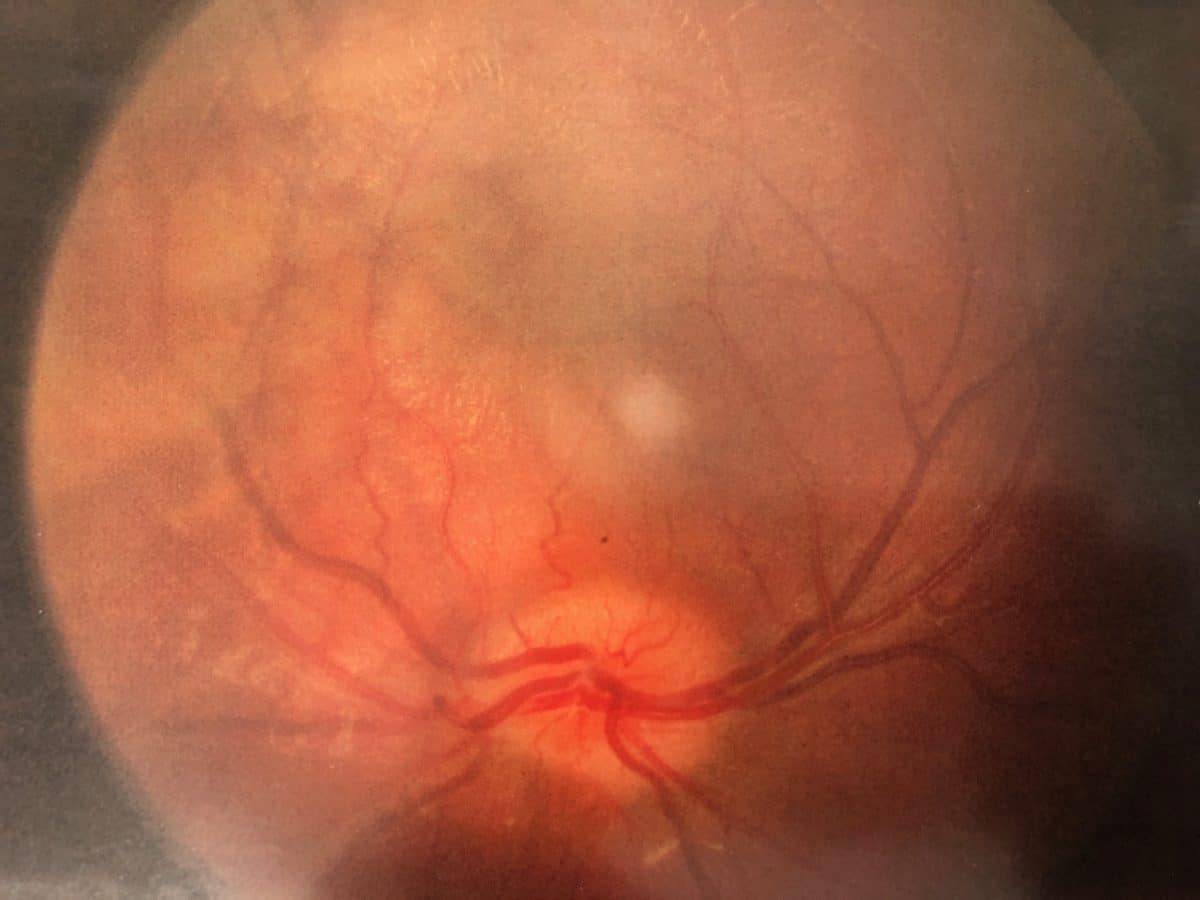

This can cause limitation in upward and/or downward gaze that may lead to diplopia. Inferior rectus muscle entrapment may occur in patients with orbital floor blow-out fractures. Surgery is indicated for patients with significant enophthalmos (greater than 2 mm), which usually results when more than half of the orbital floor is involved and when there is orbital tissue herniation, with or without concomitant medial wall fracture. For this reason, blow-out fractures are most often directed inferiorly, and herniation of intraorbital soft tissues, such as fat and extraocular muscle, into the maxillary antrum is not uncommon. This transfers the pressure outward toward the weakest part of the orbit-the orbital floor.

High-velocity blunt force to the globe causes the orbital contents to compress and intraorbital pressure to suddenly increase. The patient recovered without any deficits. During the procedure, the orbital content was reduced- this included release of the inferior rectus muscle, which was entrapped-and the orbital floor was reinforced with an absorbable plate. OphthalmolOphthalmology and otolaryngology were consulted, and the patient underwent surgery by a pediatric otolaryngologist after the edema subsided (10 days after the initial injury). There was no evidence of facial fracture. The fracture of the left orbital floor was associated with herniation of a significant amount of orbital content, including fat and inferior rectus muscle, into the left maxillary sinus. Nasal and oral examination findings were normal.Ī maxillofacial CT scan showed left inferior and medial orbital blowout fractures. Tympanic membranes were intact without hemotympanum. Extraocular muscles revealed some restriction with upward gaze. There was conjunctival injection of the left eye, but no hyphema was noted. The patient had left-sided periorbital edema with slight ecchymosis and enophthalmos. He denied double vision and had had no bleeding or leakage of clear fluid from his nose. He reported some blurry vision initially on opening the eye. FigureA 17-year-old boy who had been struck in the left eye by a glass bottle 3 days earlier presented to the emergency department with orbital bruising, eye pain, and swelling.


 0 kommentar(er)
0 kommentar(er)
